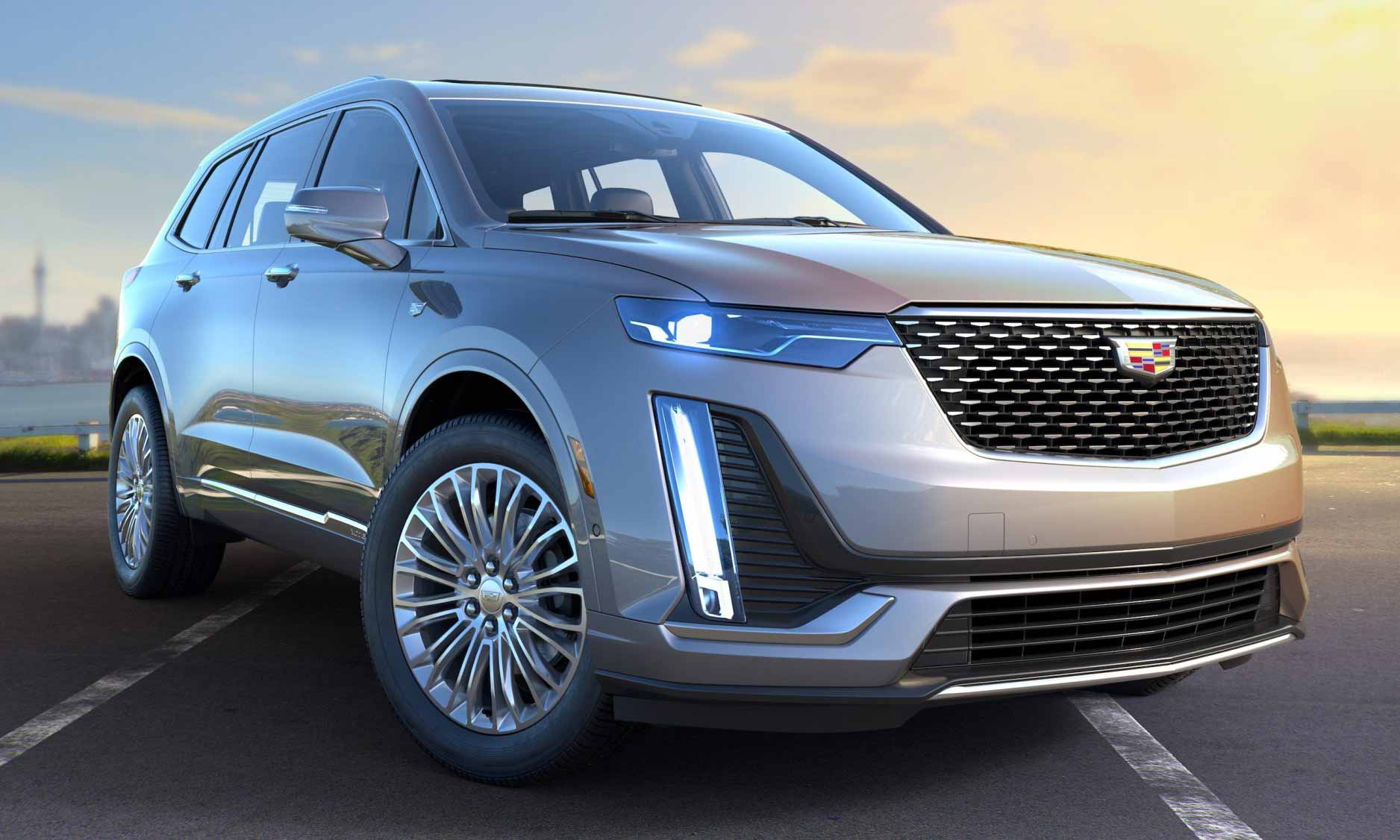Qualcomm, Pico and ZeroLight Showcase Boundless XR Wireless Technology
Virtual reality is headed for a wireless future. Increasingly, the tethered experience based on cables will be phased out in favor of the next-generation wireless experiences. One technology that will be key to unlocking this wireless future is 5G connectivity which promises super high bandwidths and low latency visuals.
Qualcomm is set to demonstrate its own wireless technology during the wearable technology conference Enterprise Wireless Technology Summit (EWTS) held in Dallas. The demo will be in collaboration with the auto-rendering service provider ZeroLight and the VR eyewear manufacturer Pico.

Qualcomm first introduced the “Boundless XR” technology in the spring of this year. It refers to a proprietary WLAN streaming technology in a 60GHz network (802.11ad) for the Snapdragon-based virtual reality headsets. The Boundless XR technology works in various standalone XR devices and the company is planning to fully capitalize on the upcoming 5G connectivity era to push its technology to hardware manufacturers.
Qualcomm has partnered with VR headset maker Pico Interactive and ZeroLight to publicly demonstrate its Boundless XR wireless streaming technology during the conference which promises to “untether” PCs by relying on wireless connectivity either through 5F or Wi-Fi.
The technology works on a concept similar to that of Intel’s WiGig solutions for the Oculus Rift and HTC Vive headsets. Boundless XR for PCs makes use of a 60-GHz Wi-Fi connection which enables it to share Windows PC-generated content with any Snapdragon-powered virtual reality headset. In today’s demo, a Pico headset prototype was used in displaying a Cadillac vehicle customization tool by ZeroLight in such a way that the user is able to tweak life-sized virtual reality versions of Cadillac vehicles. Users are even able to walk around these virtual vehicles.

Boundless XR technology gives users what they have always wished for from the Oculus Quest headset. It offers a dual mode that allows for both PC VR and standalone VR headset usage depending on whether the user is close to a PC or a fast Wi-Fi connection on the move. Oculus chief technology officer has stated that the company is still experimenting with ultra-fast Wi-Fi streaming functionalities and that this option is not yet off the table. In the near-term, Qualcomm is aiming to realize ubiquitous streaming with 5G. However, until such a high-speed network is universally available, users will still have to rely on PC VR, with or without a cable.
The demo at the EWTS also used the local computer for rendering but in the near future, the aim is to shift the processing onto a 5G edge computing infrastructure the result of which will be an environment where it will be possible to render the enterprise-class graphics at the network’s edge while at the same time providing the low-latency responsiveness required for virtual reality experiences.
Qualcomm and Pico have created a split-rendering solution that can utilize either a local or edge PC to carry out the heavy computing tasks while leveraging on the Snapdragon chip for the adjustment of the viewpoint of the user’s position.
The split-rendering mode will outsource most of the CPU-intensive tasks while the Qualcomm Snapdragon chip in the virtual reality glasses will adjust the user’s field of view. The combination of a local and decentralized computation should provide users with low latencies for the XR applications while at the same time maintaining the quality of the graphics as if it were a purely local computation.
The Cadillac customization tool by ZeroLight made for a perfect solution with which to demonstrate Pico’s latest innovations and developments which it will be rolling out into the market before the end of the year. Through the use of Qualcomm’s Snapdragon 845 chip alongside a 60 GHz access point, the team has been able to realize a very high level of realism in its content rendering as seen in the Cadillac image above.
The three companies expect that moving their rendering from local computers to the edge will radically boost the enterprise demand for large-scale XR implementations. The computing is performed in the cloud and there isn’t the need to have multiple local large computers on the client’s site which are not only costly but also energy-intensive. Users will simply need headsets and a wireless connection to get high quality and powerful VR rendering. Eliminating the cords (tethered connections) also allows for more flexibility and portability in use: the users can walk freely in all kinds of physical spaces that have been established by businesses or organizations for AR or VR experiences.
Qualcomm will also be launching an Enterprise Program today that is geared at helping other companies speed up their adoption of virtual reality and augmented reality technologies in their businesses. This program will be launched alongside the Boundless XR demo. The launch will give qualified members access to early insights on Qualcomm’s upcoming hardware and software, offer them industry insights and also give them connections to customers. Companies interested in learning about the new technology can check it out at the Enterprise Wireless Technology Summit in Dallas. The event concludes today at the Sheraton Dallas Hotel.
https://virtualrealitytimes.com/2019/09/18/qualcomm-pico-and-zerolight-showcase-boundless-xr-wireless-technology/https://virtualrealitytimes.com/wp-content/uploads/2019/09/Boundless-XR-600x298.jpghttps://virtualrealitytimes.com/wp-content/uploads/2019/09/Boundless-XR-150x90.jpgComputingTechnologyVirtual reality is headed for a wireless future. Increasingly, the tethered experience based on cables will be phased out in favor of the next-generation wireless experiences. One technology that will be key to unlocking this wireless future is 5G connectivity which promises super high bandwidths and low latency visuals. Qualcomm...Sam OchanjiSam Ochanji[email protected]EditorVirtual Reality Times - Metaverse & VR
